Stories from the day the revolutionary "fire" was kindled in the poor countryside, to the days when people were enlightened about the revolution, nurturing, protecting, and hiding revolutionary cadres...

Where history is made
At an old table placed in the corner of the yard with neatly stacked newspapers and magazines, Mr. Tran Quyet Tien, former Chairman of the Veterans Association of Tram Long Commune, slowly began his story. With a determined look, he raised the question: Why did Tram Long Village (Tram Long Commune) become the Safe Zone of the Northern Regional Party Committee? Then he slowly told: Tram Long used to be a low-lying area, where trade was very difficult. For up to 6 months of the year, people had to use boats as a means of transportation. The hometown was poor and remote, so many people had to leave their hometowns to work. Among those who left their hometowns, there were also middle-class people, children of well-off families who went to vocational school...
That was the period from 1936 to 1939, when many places were experiencing a workers’ movement demanding higher wages and shorter working hours. The children of the homeland were exposed to revolutionary newspapers and brought them back to their hometowns to read to the people. From the stories of the times, they became the first revolutionary propagandists of the poor countryside.
Through the development process, the first revolutionary mass organizations in Tram Long village were gradually established and put into operation. Implementing the Party's policy, the Northern Regional Party Committee selected the Nam Ung Hoa area to build a Safe Zone (ATK), taking Tram Long village (Tram Long commune) and Tao Khe village (Tao Duong Van commune) as the center of the Safe Zone - where the Regional Party Committee's office resided and worked.
Along with the revolutionary movement in the region, on June 20, 1942, at the house of Mrs. Ta Thi Nam (Mrs. Khuon), the Executive Committee organized the admission of 3 masses into the Party: Pham Dinh Hong, Nguyen Ngoc Diep, Pham Thi Chuoc, at the same time announced the establishment of Tram Long Commune Party Cell and assigned comrade Dang Dinh Tan, a cadre of the Northern Regional Party Committee, to be the Party Cell Secretary.
From here, many cadres of the Regional Party Committee returned to participate in revolutionary activities. At this time, comrade Hoang Quoc Viet, in the role of a geography teacher, stayed at Mrs. Ta Thi Nam's (Mrs. Khuon's) house, then moved to Mr. Chu Dan's house in Thu Noi village to work. The ATK Executive Committee also arranged a place to print documents, hold meetings, discuss, and organize training classes...
The system of ATK Tram Long's operating points was formed, including: Chong Pagoda was the central location of ATK's operations, a place to welcome and hide cadres of the Regional Party Committee and some cadres of the Central Committee, including comrades: Hoang Quoc Viet, Binh Phuong, Tran Thi Minh Chau, Bach Thanh Phong...
Dinh Cu is located outside Cua Sy field, on a high mound, surrounded by rice fields. In 1942, this was the place where the main meetings of the Regional Party Committee were held.
Mrs. Nguyen Thi But's (Mrs. Phuong) house was the place where the first printing workshop was located, then moved to the ancestral house of Chong pagoda, and this was also the place where the financial agency of the Regional Party Committee was located. Mr. Nguyen Van Dan's house was organized into a weaving workshop as a liaison place. Mrs. Pham Thi Nganh's (Mrs. Gioi's) house was a training class. Mr. Nguyen Van Thin's (Nghin's) house was a place for secret meetings and work discussions...
To protect the ATK, the Viet Minh Front of Tram Long commune focused on the work of secrecy, hiding and protecting Party cadres. When the Regional Party Committee had conferences, training classes, etc., the Viet Minh Front of the commune often divided its members into sections of the route, each section had its own code. Participating in the protection work were also "tam tam" groups made up of members of the youth, women, children, etc. They all knew the code to signal whenever a stranger came to the village. Therefore, Tram Long successfully protected many meetings, including meetings with the participation of comrades: Truong Chinh, Hoang Van Thu.
After a period of operation, the spy agency was transferred by the ATK of the Northern Regional Party Committee to South Ung Hoa. On the night of November 7, 1942, they rushed from Hanoi to Ung Hoa to search both Tram Long and Tao Khe villages at the same time... However, with the concealment of the people, many Party leaders were protected and released in time.
After the terrorist attack, to ensure safety, the Regional Party Committee decided to move the ATK to Bac Ninh, and assigned comrade Tran Thi Minh Chau (aka Mai) to stay behind to encourage the people and consolidate the movement. More than a month later, the revolutionary movement in Tram Long stabilized again. Tram Long and Chong Pagoda were still revolutionary bases, places to pick up and drop off cadres, and store documents of the Regional Party Committee and Provincial Party Committee.
ATK was stationed in Tram Long, Tao Khe for only nearly a year (1942), but the people of Tram Long - Tao Khe and the southern communes of Ung Hoa district fulfilled their duty to protect the Party's ATK...
Continuing the story, Deputy Secretary of Tram Long Village Party Cell (Tram Long Commune) Nguyen Khac Tam recalled that by the August Revolution of 1945, in Ung Hoa district there were 4 Party cells: Tao Khe, Tram Long, Vien Noi and the combined Kim Cham - Xuan Quang - Trieu Khuc - Phu Luu Party Cell with 31 Party members.
In March 1945, the Ha Dong Provincial Party Committee assigned comrade Do Muoi to lead the preparation for the August General Uprising and comrade Do Muoi used Tram Long as a base to direct the movement in the South Ung Hoa and South My Duc regions. Under the leadership of comrade Do Muoi and comrades at the base, the Ung Hoa revolutionary movement grew stronger and stronger. After 5 months under the leadership of comrade Do Muoi (from March to August 1945), cadres, party members and the masses were ready to rise up and seize power.
Stories left behind
Up to now, the names of many families have been recorded in history books for their great contributions in nurturing, protecting, and hiding cadres of the Party and the Regional Party Committee, including comrades: Hoang Quoc Viet, Tran Thi Minh Chau, Bach Thanh Phong, Bui Quang Tao... In addition to typical establishments such as the houses of Mr. and Mrs. Ly Dan, Ly Dich, Mrs. Tuy, Ta Thi Nam, Mrs. Pham, Mrs. Phuong, Mr. Nghin..., there are many households and people who also participated in supporting, hiding, and transporting revolutionary cadres...
"As a historical site, Chong communal house and pagoda were the first places to welcome cadres. This area is a complex, before entering the communal house and pagoda, one must pass through the market, at the stalls there are signs and signals for cadres to recognize, if it is safe, they will enter the communal house and pagoda, otherwise they will avoid it" - Deputy Secretary of Tram Long village Party Cell (Tram Long commune) Nguyen Khac Tam recalled.
The revolutionary tradition of Ung Hoa homeland has fostered the spirit of loyalty to the revolution of the people here. With its achievements that left a mark for a time, Tram Long commune had a collective (Xom Rong) and 11 households awarded the Certificate of "Contribution to the country" by the State for their achievements in hiding revolutionary cadres.
The houses that used to hide cadres have now changed, no trace remains, but every child of Tram Long is still proud of those early days.
“We are the descendants, but we still hear about the activities of hiding cadres of our ancestors. For example, the house of Mrs. Ta Thi Nam has two attics. After cooking rice, Mrs. Nam’s family puts rice balls in the attics. According to the convention, cadres passing by can reach in to get the rice...”, Mr. Tran Quyet Tien said.
Born and raised in a house used as a revolutionary training base, Mr. Nguyen Dai Hai, Tram Long village, said: “I often heard my mother talk about the days when she was on guard duty when there was a training class at home and cooked rice for the training cadres. I still remember that when the French came to arrest Mr. Dan and his son in Rong hamlet, my grandmother pretended to be a rice collector to guide the cadres to a safe area. My family's house at that time is now a lush green garden, a memory not only of my family, but also of this whole countryside.”
Those stories helped Mr. Hai imbue himself with the revolutionary spirit. Mr. Hai volunteered to join the army, but because he was an only child, he was exempted. In 1975, when the State issued a general mobilization order, he continued to enthusiastically join the army and actively strived, and was admitted to the Party in the army...

Pursuant to Resolution No. 1286/NQ-UBTVQH15 of the National Assembly Standing Committee on the arrangement of commune-level administrative units of Hanoi city in the period of 2023-2025, from January 1, 2025, Tram Long commune and Hoa Lam commune were merged, keeping the name Tram Long. In 2024, the commune completed 19/19 advanced new rural criteria according to the Criteria Set for the period of 2021-2025 of the Hanoi People's Committee. In 2025, the commune aims to achieve model new rural standards.
Xom Rong is now spacious and clean. Cu Communal House - the secret meeting place of the Regional Party Committee, the place to propagate the revolution to the people; Dong Communal House - where the secret mailbox of the Regional Party Committee is located; and the communal house and Chong Pagoda are now receiving investment from Hanoi City and Ung Hoa District to be renovated and built larger and more beautiful. Many new roads are also being invested in and expanded by the city, bringing a new look and creating momentum for socio-economic development for Tram Long today.
“In the coming time, the commune will continue to apply scientific and technological advances to agricultural production, and continue to transform economic models. The locality will increase attraction and create conditions for businesses to invest in the agricultural sector, linking and consuming agricultural products according to the value chain. The commune also focuses on developing and expanding a number of industries, such as: industrial sewing, production and trading of construction materials, etc. Encourage all organizations, businesses, and households to set up workshops to produce goods to develop the industrial economy and trade - services, increasing local economic income”, emphasized Secretary of the Tram Long Commune Party Committee Dinh Quang Linh.

Generations of the past have gradually passed away over the years, but this land still engraves their images into every piece of the homeland. “Generations are always proud of the tradition of patriotism and revolutionary enthusiasm of our ancestors. We will try to preserve and promote the tradition of our homeland, continuing to build Tram Long into an increasingly developed homeland”, Party Cell Secretary, Head of Tram Long Village Pham Dinh Le shared.
Source: https://hanoimoi.vn/tram-long-vung-que-cach-mang-699252.html


![[Photo] Prime Minister Pham Minh Chinh chairs a special Government meeting on the arrangement of administrative units at all levels.](https://vphoto.vietnam.vn/thumb/1200x675/vietnam/resource/IMAGE/2025/5/9/6a22e6a997424870abfb39817bb9bb6c)
![[Photo] Magical moment of double five-colored clouds on Ba Den mountain on the day of the Buddha's relic procession](https://vphoto.vietnam.vn/thumb/1200x675/vietnam/resource/IMAGE/2025/5/9/7a710556965c413397f9e38ac9708d2f)
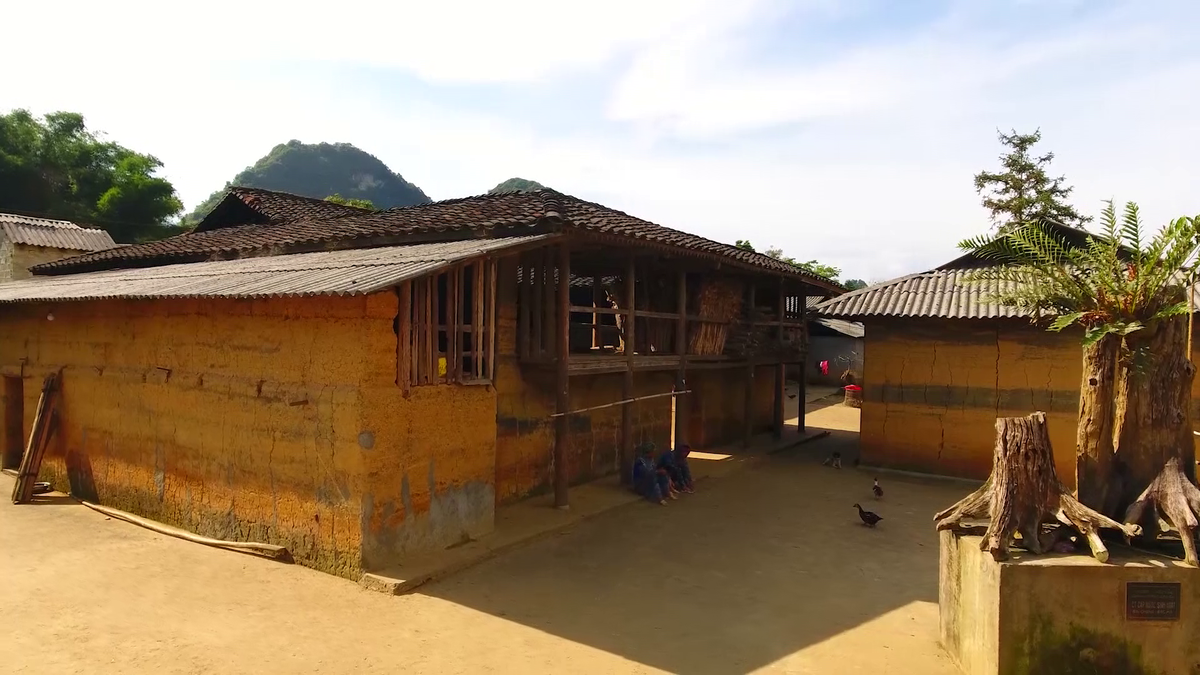

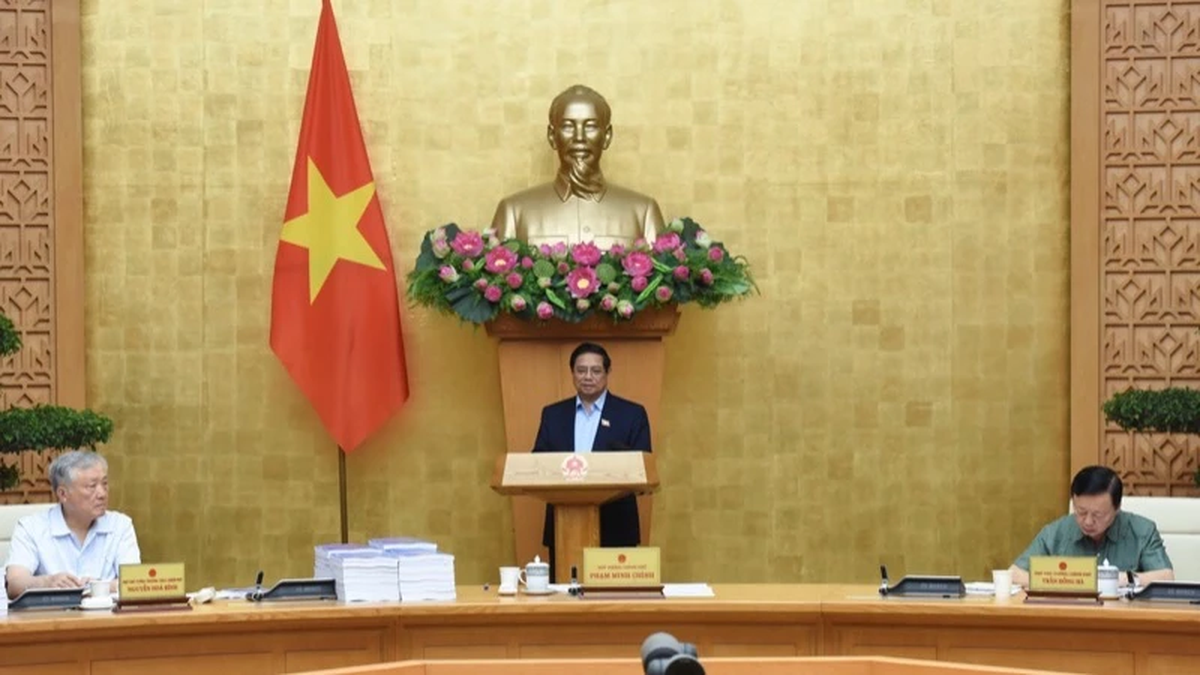
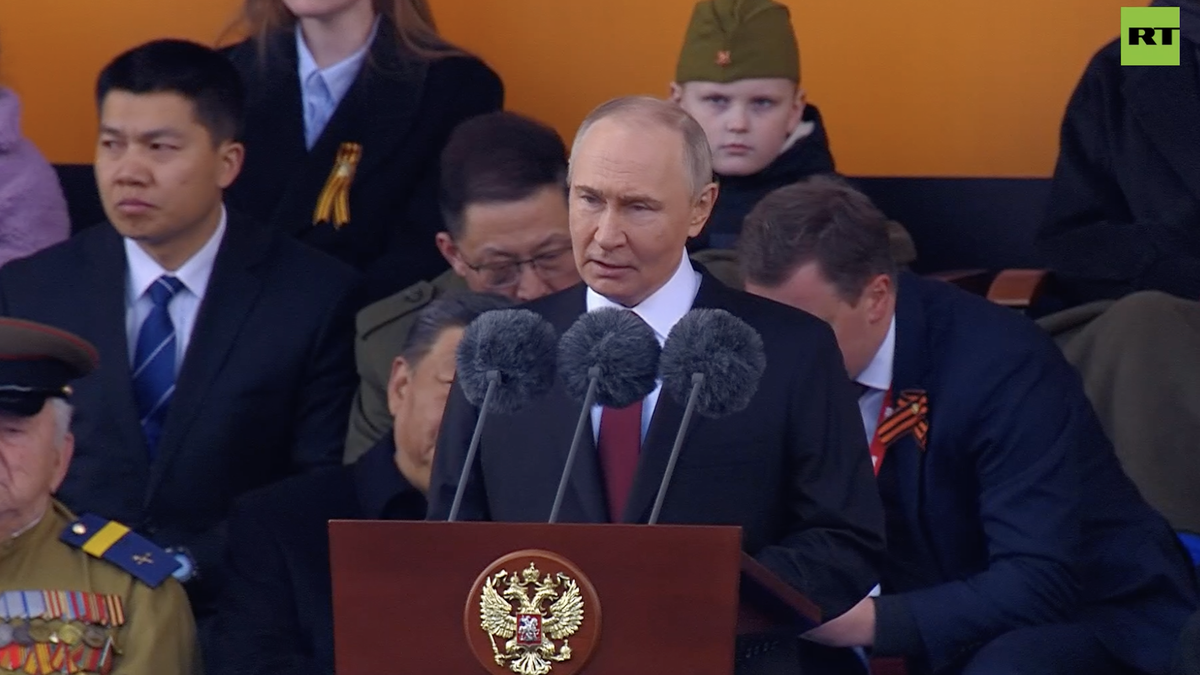
![[LIVE] MILITARY PARLAY TO CELEBRATE THE 80TH ANNIVERSARY OF VICTORY IN THE WORLD PATRIOTIC WAR](https://vphoto.vietnam.vn/thumb/402x226/vietnam/resource/IMAGE/2025/5/9/cc9a3d18f01946a78a1f1e7c35ed8b31)
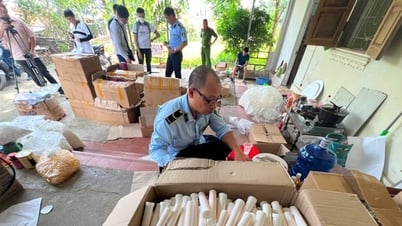
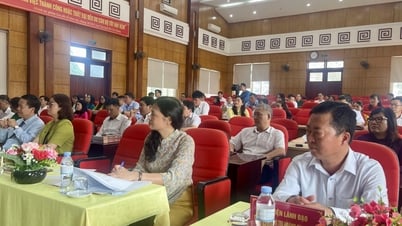
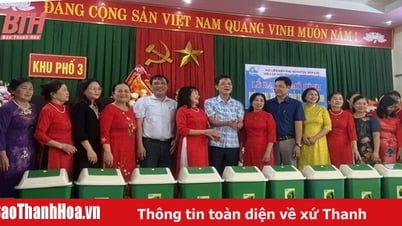
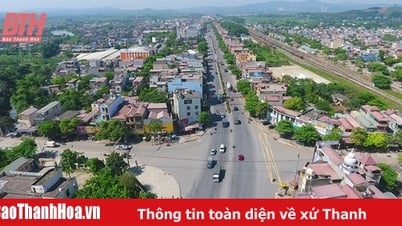
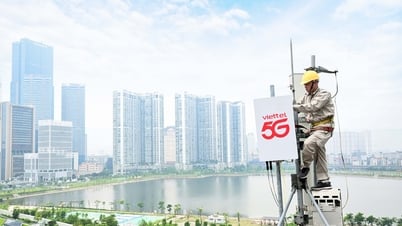




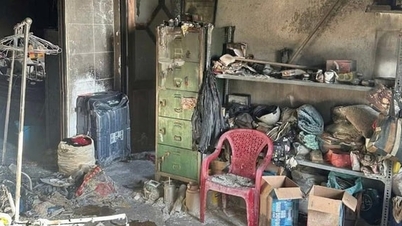
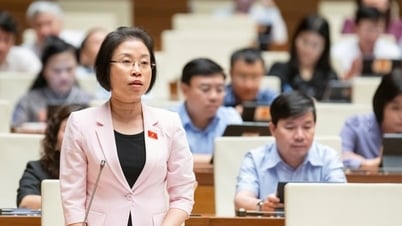
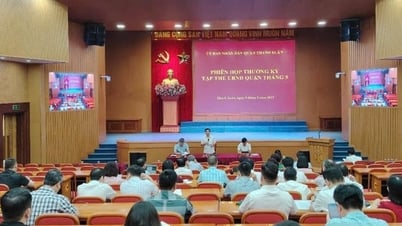
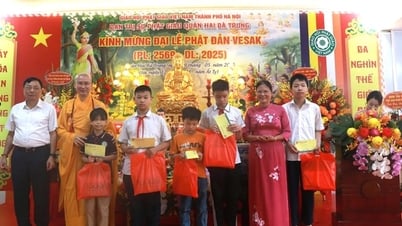
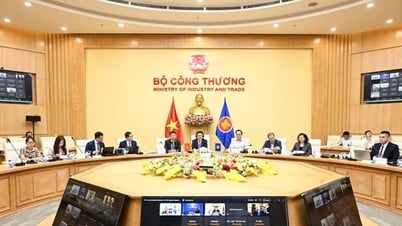
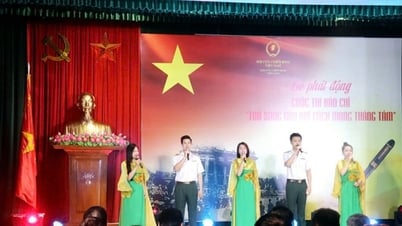

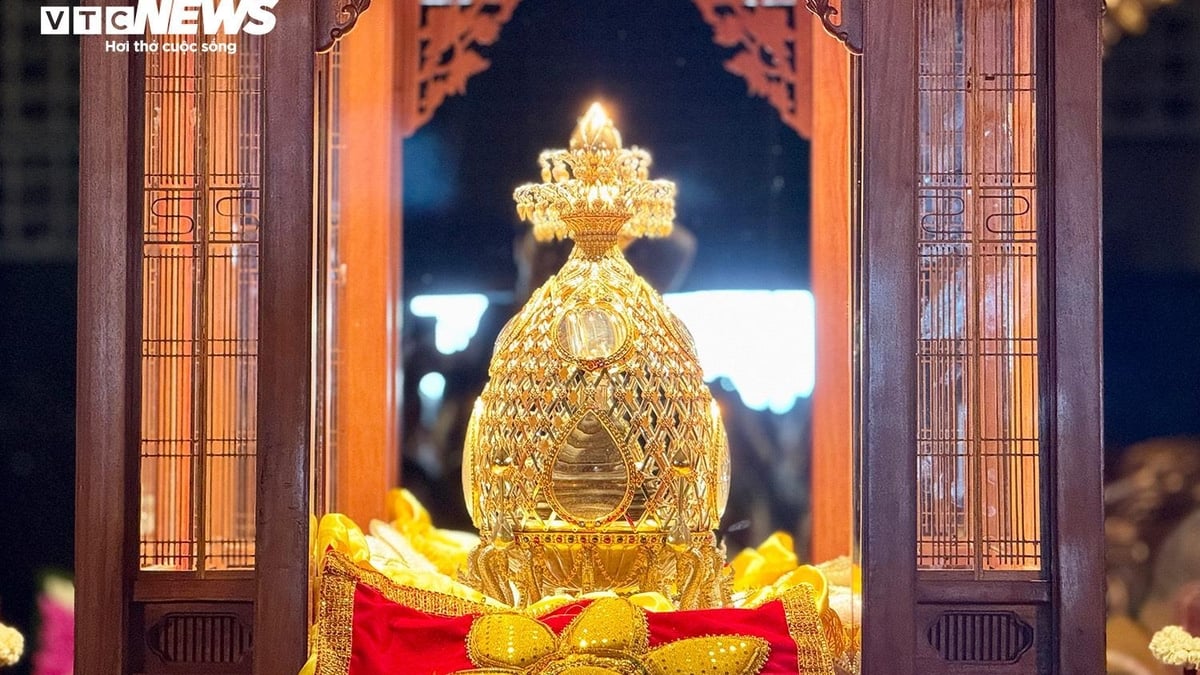






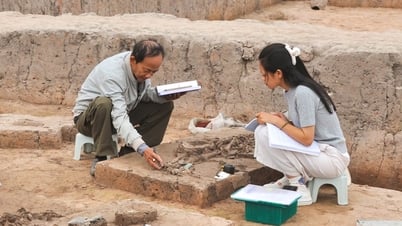


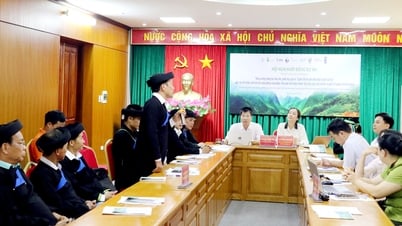








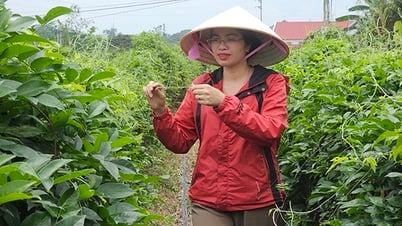

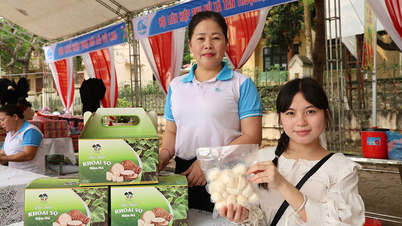













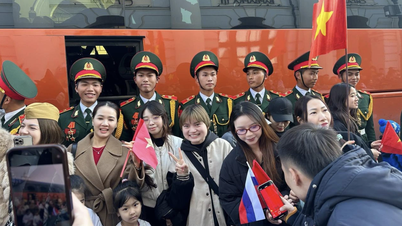
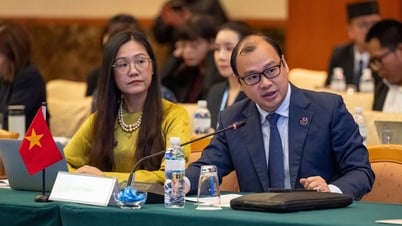



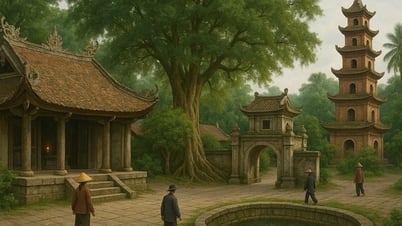
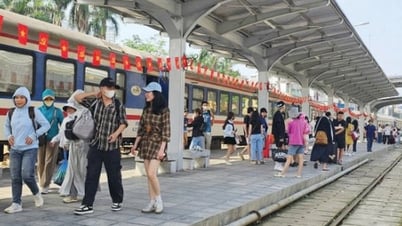

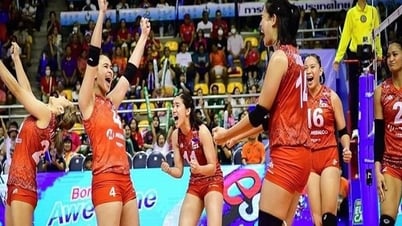
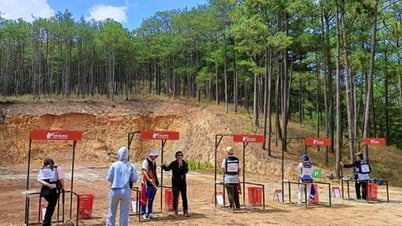
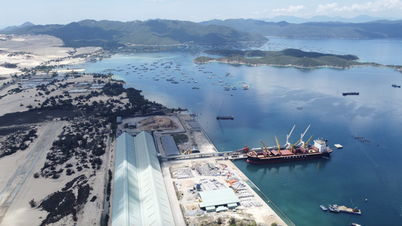















Comment (0)